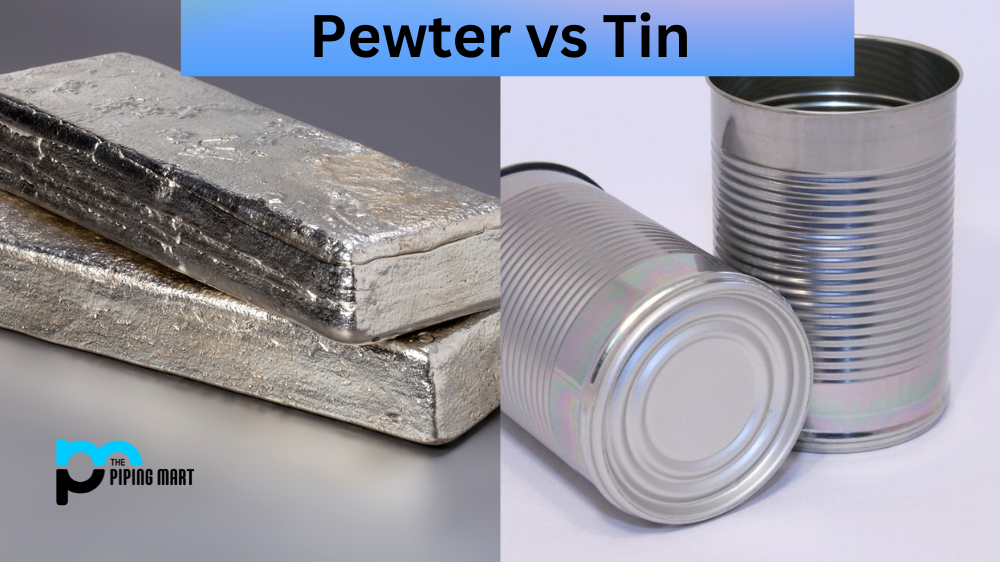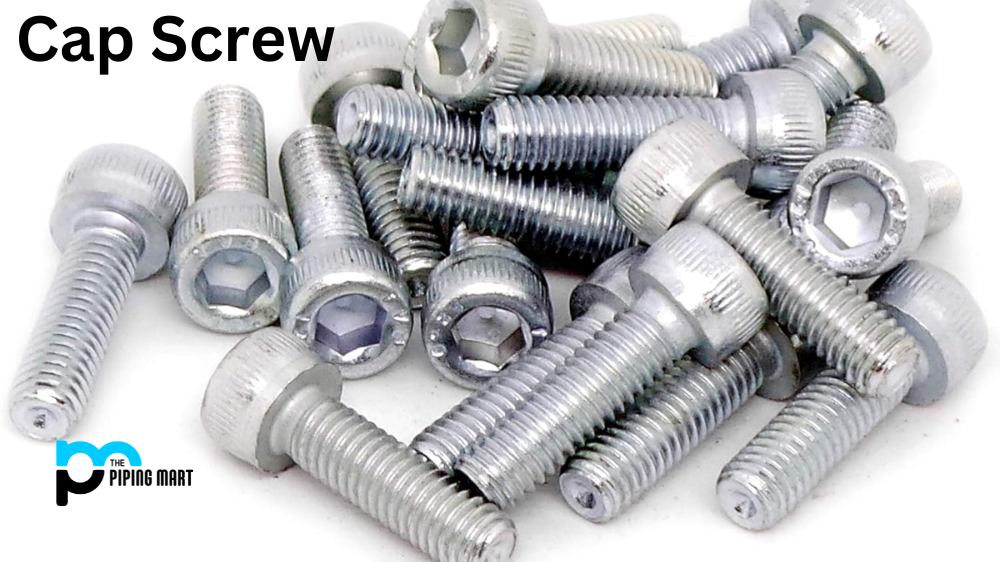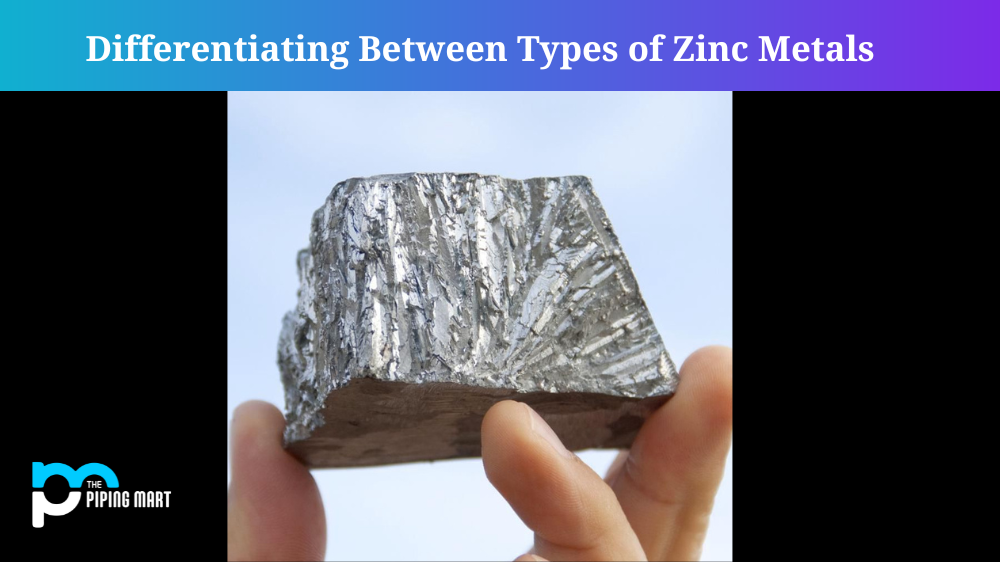When it comes to metal finishing, there are two main methods used: electroplating and electroless plating. Both of these processes have their unique advantages, but it’s essential to understand their differences to select the best option for your particular application. Let’s take a closer look at the differences between electroplating and electroless plating.
Electroplating
Electroplating is a process that uses an electric current to coat a metal with a thin layer of another metal. The metal to be coated is placed in an electrolyte solution, and a DC power source is used to pass an electric current through the solution. This causes the metal to be coated with a thin layer of the other metal.
Electroless Plating
Electroless plating is a process that coats a metal with a thin layer of another metal without using an electric current. The metal to be coated is placed in an electrolyte solution, and a chemical reaction is used to coat the metal with the other metal. This process often coats metals that are difficult to coat using electroplating.
How does Electroplating Work?
Electroplating is a process by which a thin layer of metal is deposited onto a surface. It immerses the part that needs to be coated into an electrolyte solution containing positively charged ions (anodes) and negative ions (cathodes). A direct current is then applied, causing positively charged ions from the electrolyte solution to adhere to the cathode and form a thin metallic coating on its surface. This process provides excellent coverage over complex geometries and has been used for decades for applying decorative finishes such as chrome plating or gold plating.
How does Electroless Plating Work?
Unlike electroplating, electroless plating does not require an external electrical current to deposit metal onto a surface. Instead, it relies on chemical reactions between chemicals in an autocatalytic bath known as an “electroless solution” that bonds metal directly in contact with the substrate. This makes it ideal for applications where uniform coverage of even complicated shapes is needed, such as coating medical devices or automotive components. Additionally, because this process does not require electricity, it can be used in areas with no power sources or in remote locations where electricity might be unreliable or cost-prohibitive.
Advantages of Electroplating
One advantage of electroplating is that it can coat metals with a very thin layer of another metal. This can be beneficial if the goal is to improve the metal’s appearance or protect it from corrosion. Additionally, electroplating can be used to coat metals that are difficult to coat using other methods.
Advantages of Electroless Plating
One advantage of electroless plating is that it can coat metals with a uniform layer of another metal. This can be beneficial if the goal is to improve the appearance or function of the metal. Additionally, electroless plating can be used to coat metals that are difficult to coat using other methods.
Disadvantages of Electroplating
One disadvantage of electroplating is that it requires an electric current, which can be expensive. Additionally, electroplating can only be used to coat conductive metals. Another disadvantage of electroplating is that it can sometimes result in an uneven coating.
Disadvantages of Electroless Plating
One disadvantage of electroless plating is that it requires using chemicals, which can be expensive. Electroless plating can only coat metals that can undergo a chemical reaction. Another disadvantage of electroless plating is that it can sometimes result in an uneven coating.
Conclusion:
When selecting a method for metal finishing, it’s essential to consider both electroplating and electroless plating processes to determine which is best suited for your particular application. Both processes offer different benefits depending on what type of finish you need and how intricate your parts might be. Understanding how each method works will help you decide which one will work best for your project. With this information in hand, you can confidently choose either electroplating or electroless plating to achieve superior results with maximum efficiency!

A passionate metal industry expert and blogger. With over 5 years of experience in the field, Palak brings a wealth of knowledge and insight to her writing. Whether discussing the latest trends in the metal industry or sharing tips, she is dedicated to helping others succeed in the metal industry.




